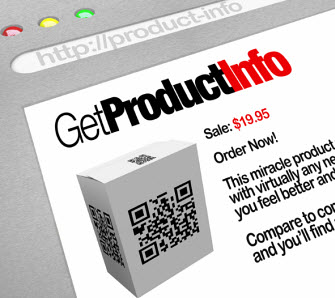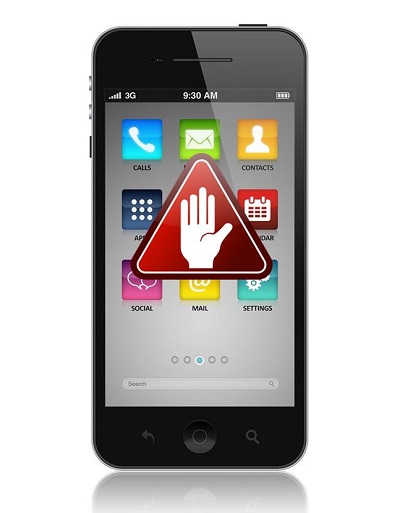Greatview Aseptic Packaging will allow consumers to trace their products back to the source.
Customers shopping for certain brands of milk will soon be able to scan QR codes printed on their cartons in order to be able to learn about the history of that specific product, right back to its beginnings.
These quick response codes are the result of a new program through Greatview Aseptic Packaging.
This company is the second largest roll-fed aseptic carton packaging material supplier in the world. It has made it possible to add traceable unique QR codes to its cartons by working along with other parts of the supply chain, WeChat (from Tencent) and RT-Mart (from Mengniu), the Chinese retailer. In this way, it has been able to add the Traceable+ feature to the “Selected Meadow” brand of milk.
Customers can use their smartphones to scan the QR codes to trace their milk products back to their origins.
 By doing this, they will not only be able to learn about the specific milk carton that they have scanned, and its history, but they can also receive additional value added services such as price discounts. This effort by Greatview is meant to benefit both the consumer and the supply chain and producers by providing targeted advertising opportunities unlike those that are currently available.
By doing this, they will not only be able to learn about the specific milk carton that they have scanned, and its history, but they can also receive additional value added services such as price discounts. This effort by Greatview is meant to benefit both the consumer and the supply chain and producers by providing targeted advertising opportunities unlike those that are currently available.
The Mengniu COO, Bai Ying, explained that “Our partnership with Greatview, WeChat and RT-Mart has been inspired by China’s ‘Internet Plus’ strategy, which aims to integrate the internet with traditional industries. For consumers, our new offering means a more comprehensive user experience, while for us it represents a window for leveraging a fully functional big data platform.”
The Greatview CEO, Jeff Bi, also explained that the Food Safety Law in China now states that manufacturers are responsible for the creation of complete traceability systems for their supply chains. By implementing the QR codes on milk cartons, the company has been able to not only comply with this upcoming law, but it also makes it possible for producers and consumers to benefit from what it has to provide in terms of both information and advertising.
This type of software has spread like wildfire among mobile device users but are stopping ads from being displayed.
The AdBlock ad blocking software and app has now reached the point that it has more than 200 million users, and it is allowing those individuals to surf the web without the invasion of excessive advertisements on their screens.
That said, the company has generated controversy by letting some advertising slip through its net, for a price.
People have been becoming frustrated with the constant barrage of popup advertisements and crowded websites and are using ad blocking apps and programs to help them to smooth out their internet usage experience. While many people realize that the advertising on websites are frequently the main source of income for a site and that it is that income that makes the free information possible, they continue to object to how much data is being collected from them and question the mobile security and convenience of the current experience. For this reason – among others – many are choosing to block these forms of marketing.
A lack of transparency in data collection has become a major driver for the use of ad blocking software.
 People simply don’t know which ads are collecting their information nor what specific data is being taken and tracked. Because of the mystery behind this data collection, many mobile device users are deciding to simply block the advertisements in a “better safe than sorry” strategy.
People simply don’t know which ads are collecting their information nor what specific data is being taken and tracked. Because of the mystery behind this data collection, many mobile device users are deciding to simply block the advertisements in a “better safe than sorry” strategy.
This type of mobile security or advertising blocking software works when a device user downloads a plug-in which can be installed into any of several different popular internet browsers.
That said, a recent report assembled by Adobe and a startup from Dublin called PageFair, have determined that this year, alone, there will be $22 billion in lost advertising revenue from ad blocking software and app usage. When compared to the previous year, that represents an increase of 41 percent. In the report, it was also shown that over one in three internet users in some countries – particularly in European nations – now have some form of advertising blocking strategy in place.
 By doing this, they will not only be able to learn about the specific milk carton that they have scanned, and its history, but they can also receive additional value added services such as price discounts. This effort by Greatview is meant to benefit both the consumer and the supply chain and producers by providing targeted advertising opportunities unlike those that are currently available.
By doing this, they will not only be able to learn about the specific milk carton that they have scanned, and its history, but they can also receive additional value added services such as price discounts. This effort by Greatview is meant to benefit both the consumer and the supply chain and producers by providing targeted advertising opportunities unlike those that are currently available.
 People simply don’t know which ads are collecting their information nor what specific data is being taken and tracked. Because of the mystery behind this data collection, many mobile device users are deciding to simply block the advertisements in a “better safe than sorry” strategy.
People simply don’t know which ads are collecting their information nor what specific data is being taken and tracked. Because of the mystery behind this data collection, many mobile device users are deciding to simply block the advertisements in a “better safe than sorry” strategy.